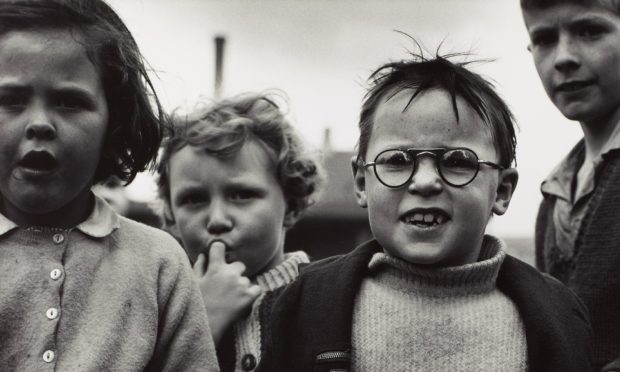
With over 55,000 images, Scotland’s Photography Collection is the fastest- growing part of the National Galleries of Scotland’s archives and a vast, world-class treasure trove.
So to celebrate its 40th anniversary, curators are giving visitors a snapshot of what lies within, and shout loud and clear about how important Scots have been on the world stage.
Celebrating 40 Years of Scotland’s Photography Collection runs at the Portrait Gallery from October 26 until March 15, spanning from early images dating from the 1840s, only a few years after the invention of camera technology, to up-to-the-minute work.
“Of all the artforms, Scotland really has led the way in photography,” curator Louise Pearson said. “Key Scottish figures come up time and time again represented in collections around the world.
“Photography having a social purpose beyond art is very much the ethos that has really inspired Scottish photographers.”
Scotland’s artists continue to push boundaries and embrace new technology.
Making images has gone from a painstaking process to a press of a button on a device you can fit in your pocket.
But ideas and subject matters that started with the likes of Edinburgh-based pioneers David Octavius Hill and Robert Adamson in the 1840s continue to be photographed centuries apart and now with modern cameras.
“There’s always been pioneering Scots who’ve made sure they stayed at the forefront,” Louise said. “It’s an exciting artform that people have pushed the boundaries of.
“We’re looking at that in different ways, from Hill and Adamson’s early experiments to contemporary artists who are using photography to really push boundaries.
“Hill and Adamson had a huge impact on how the world saw Scottish photography and what photography could do. They took it from using it to make portraits to inform a painting, to really setting the boundaries of social documentary photography.
“We’re showing 12 of their photographs from Newhaven, at the time a fishing village on the outskirts of Edinburgh, which showed a working class community really for the first time through imagery and photography.
“That theme of pushing what you can do with photography technically, but also in terms of having a social purpose, is very strong in the collection.
“Thomas Annan’s series in the 1860s, looking at the old closes and streets of Glasgow, were the first example of using photography to show poverty and a need for social advancement and investment.
“We recently acquired his archive, which is a hugely exciting project that we’ll be working on in the next few years.”
The exhibition will be the first time the National Galleries of Scotland has shown work from the ARTIST ROOMS collection, co-owned alongside the TATE, by Don McCullin, one of the world’s greatest photojournalists.
A newly acquired work consisting of photographs, film and performance by Glasgow-based artists Beagles & Ramsay will also be on display for the first time.
While the anniversary is a chance to look back on Scotland’s photographic history, it’s also a time to look forward to the collection’s next 40 years.
“We wanted to take the opportunity to celebrate Scotland’s huge contribution to photography but also a moment to take stock of the collection and think about where we’re going to go with it,” Louise said.
“With acquisitions to the collection over the last ten years, we’ve really had a focus on female photographers like Wendy McMurdo, Chrystel Lebas and Arpita Shah and making sure that they’re coming into the collection in equal number.”
Famous faces who are on the gallery walls include Andy Murray, The Proclaimers, Jackie Kay and David Tennant, but the collection stretches beyond the well-known stars.
“It’s people doing things in everyday life that we want to celebrate as well,” Louise added.
“We want people to know and to feel excited about the collection because it’s their collection. We’ve made it hopefully quite clear in the exhibition that this is only a small part of it and that you’re welcome to come back again and again.
“Scotland really has made a very important contribution to photography and we think it will continue to do so. We’re making sure that’s known about and we’re shouting about it.”
Celebrating 40 Years of Scotland’s Photography Collection, National Galleries Scotland: Portrait, October 26 to March 16 2025, nationalgalleries.org

Enjoy the convenience of having The Sunday Post delivered as a digital ePaper straight to your smartphone, tablet or computer.
Subscribe for only £5.49 a month and enjoy all the benefits of the printed paper as a digital replica.
Subscribe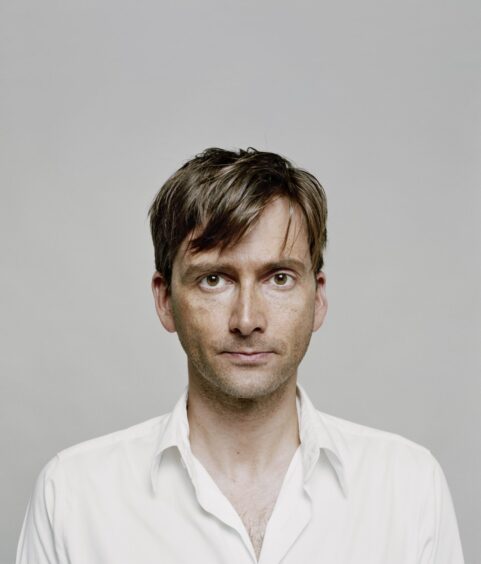 © Zed Nelson
© Zed Nelson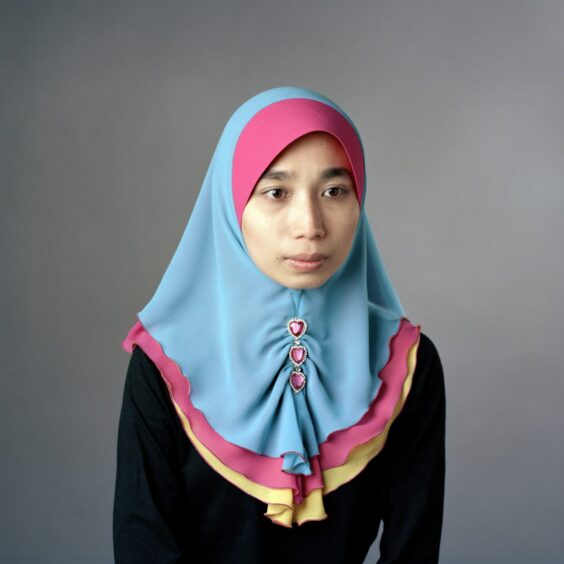 © Arpitah Shah
© Arpitah Shah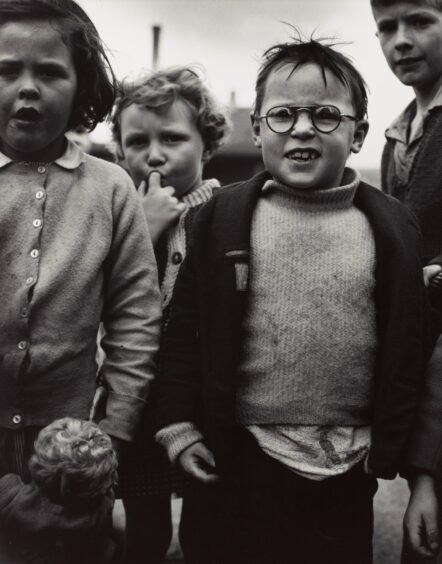 © The Joseph McKenzie Archive
© The Joseph McKenzie Archive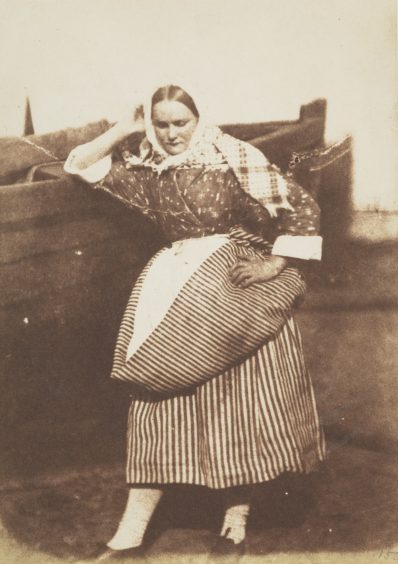 © National Galleries Scotland
© National Galleries Scotland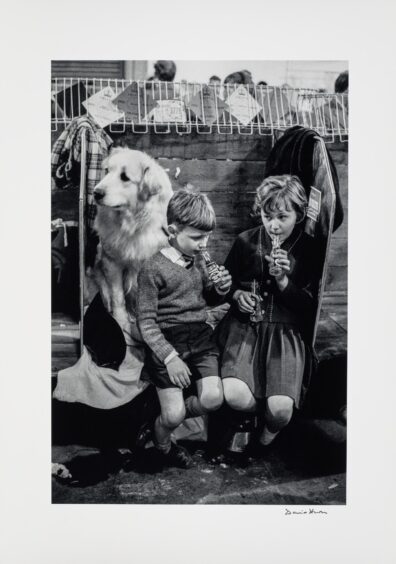 © David Hurn / Magnum Photos
© David Hurn / Magnum Photos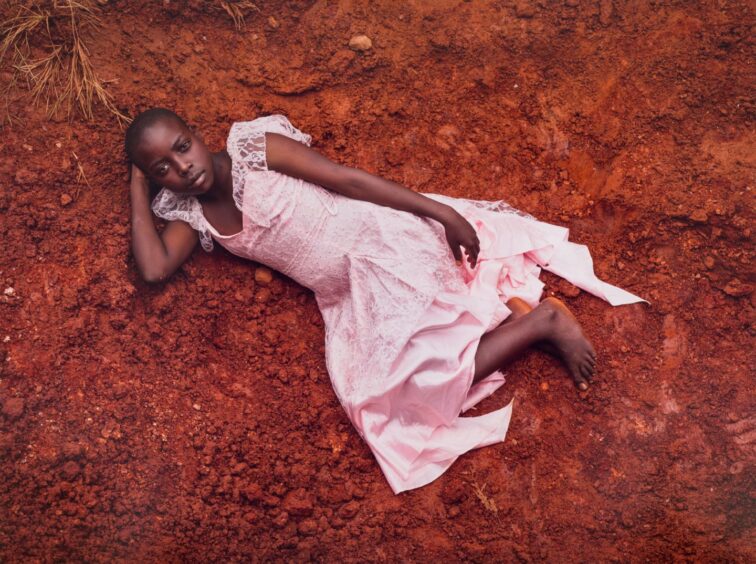 © Yossi Milo gallery, New York
© Yossi Milo gallery, New York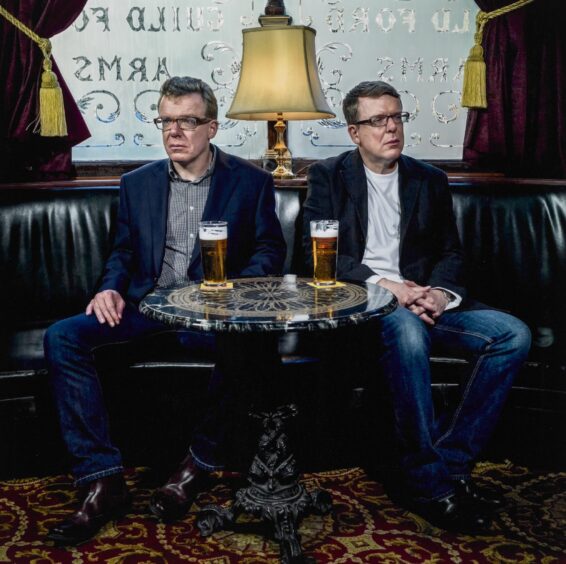 © broad daylight
© broad daylight 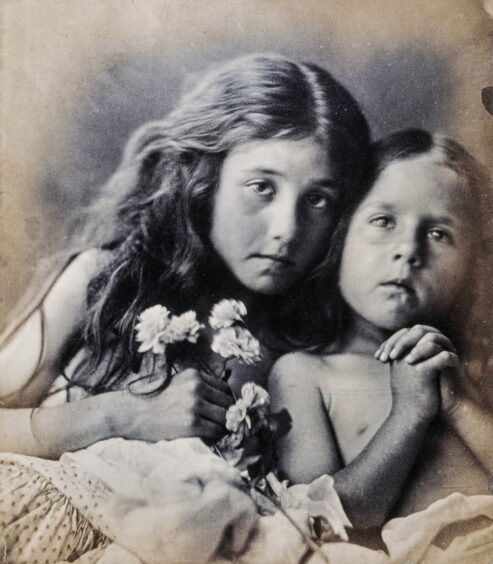 © National Galleries Scotland
© National Galleries Scotland